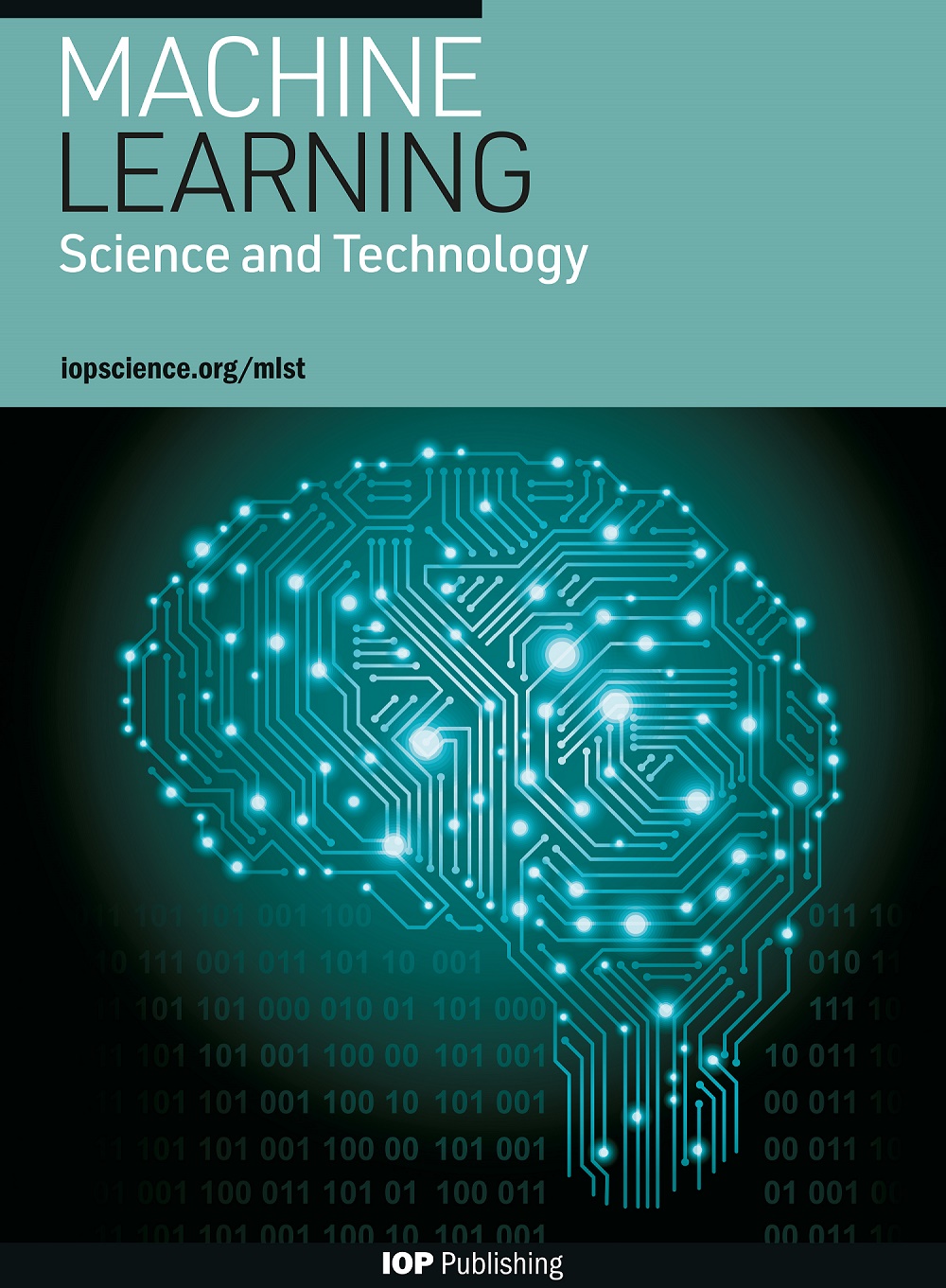通过直接传播浅层集合量化不确定性
IF 4.6
2区 物理与天体物理
Q1 COMPUTER SCIENCE, ARTIFICIAL INTELLIGENCE
引用次数: 0
摘要
统计学习算法提供了一个普遍适用的框架,以避免耗时的实验或基于物理的精确建模,但它们在实验或理论设置的内在局限性之外又引入了一个误差源。要量化这种误差,并使以数据为中心的方法的应用更值得信赖,不确定性估计至关重要。为确保不确定性量化得到广泛应用,我们应寻求既准确又易于实施和应用的算法。特别是,在现有架构上加入不确定性量化应该简单明了,并将计算开销降至最低。此外,还应该易于操作或组合多个机器学习预测,将不确定性传播到更多建模步骤中。我们根据这些要求比较了几种成熟的不确定性量化框架,并提出了一种实用的方法,我们称之为浅层集合的直接传播,这种方法在易用性和准确性之间取得了良好的平衡。我们介绍了通用数据集的基准,并对化学和材料原子机器学习领域的应用进行了深入研究。这些例子强调了使用一种无需对模型不同预测之间的相关性做出强烈假设即可传播误差的方法的重要性。本文章由计算机程序翻译,如有差异,请以英文原文为准。
Uncertainty quantification by direct propagation of shallow ensembles
Statistical learning algorithms provide a generally-applicable framework to sidestep time-consuming experiments, or accurate physics-based modeling, but they introduce a further source of error on top of the intrinsic limitations of the experimental or theoretical setup. Uncertainty estimation is essential to quantify this error, and to make application of data-centric approaches more trustworthy. To ensure that uncertainty quantification is used widely, one should aim for algorithms that are accurate, but also easy to implement and apply. In particular, including uncertainty quantification on top of an existing architecture should be straightforward, and add minimal computational overhead. Furthermore, it should be easy to manipulate or combine multiple machine-learning predictions, propagating uncertainty over further modeling steps. We compare several well-established uncertainty quantification frameworks against these requirements, and propose a practical approach, which we dub direct propagation of shallow ensembles, that provides a good compromise between ease of use and accuracy. We present benchmarks for generic datasets, and an in-depth study of applications to the field of atomistic machine learning for chemistry and materials. These examples underscore the importance of using a formulation that allows propagating errors without making strong assumptions on the correlations between different predictions of the model.
求助全文
通过发布文献求助,成功后即可免费获取论文全文。
去求助
来源期刊

Machine Learning Science and Technology
Computer Science-Artificial Intelligence
CiteScore
9.10
自引率
4.40%
发文量
86
审稿时长
5 weeks
期刊介绍:
Machine Learning Science and Technology is a multidisciplinary open access journal that bridges the application of machine learning across the sciences with advances in machine learning methods and theory as motivated by physical insights. Specifically, articles must fall into one of the following categories: advance the state of machine learning-driven applications in the sciences or make conceptual, methodological or theoretical advances in machine learning with applications to, inspiration from, or motivated by scientific problems.
 求助内容:
求助内容: 应助结果提醒方式:
应助结果提醒方式:


